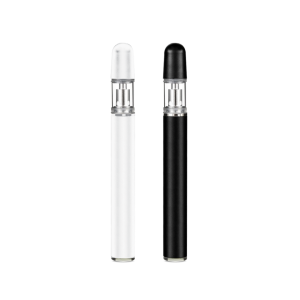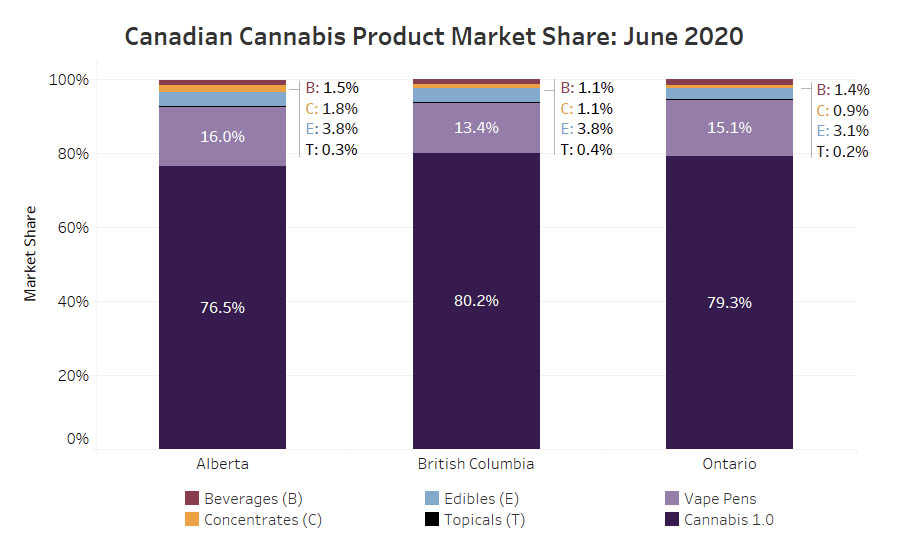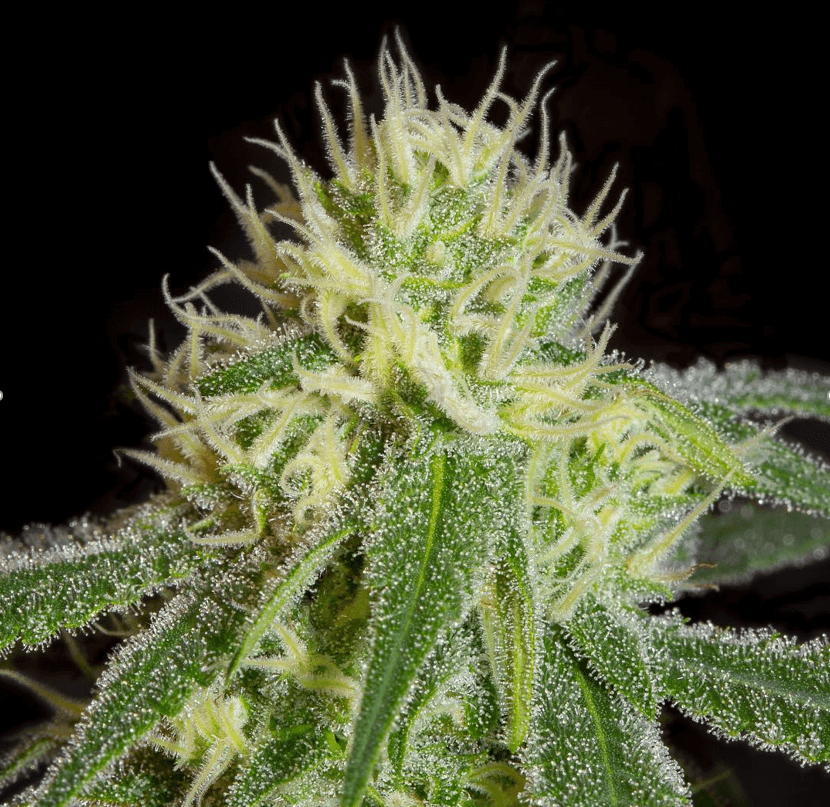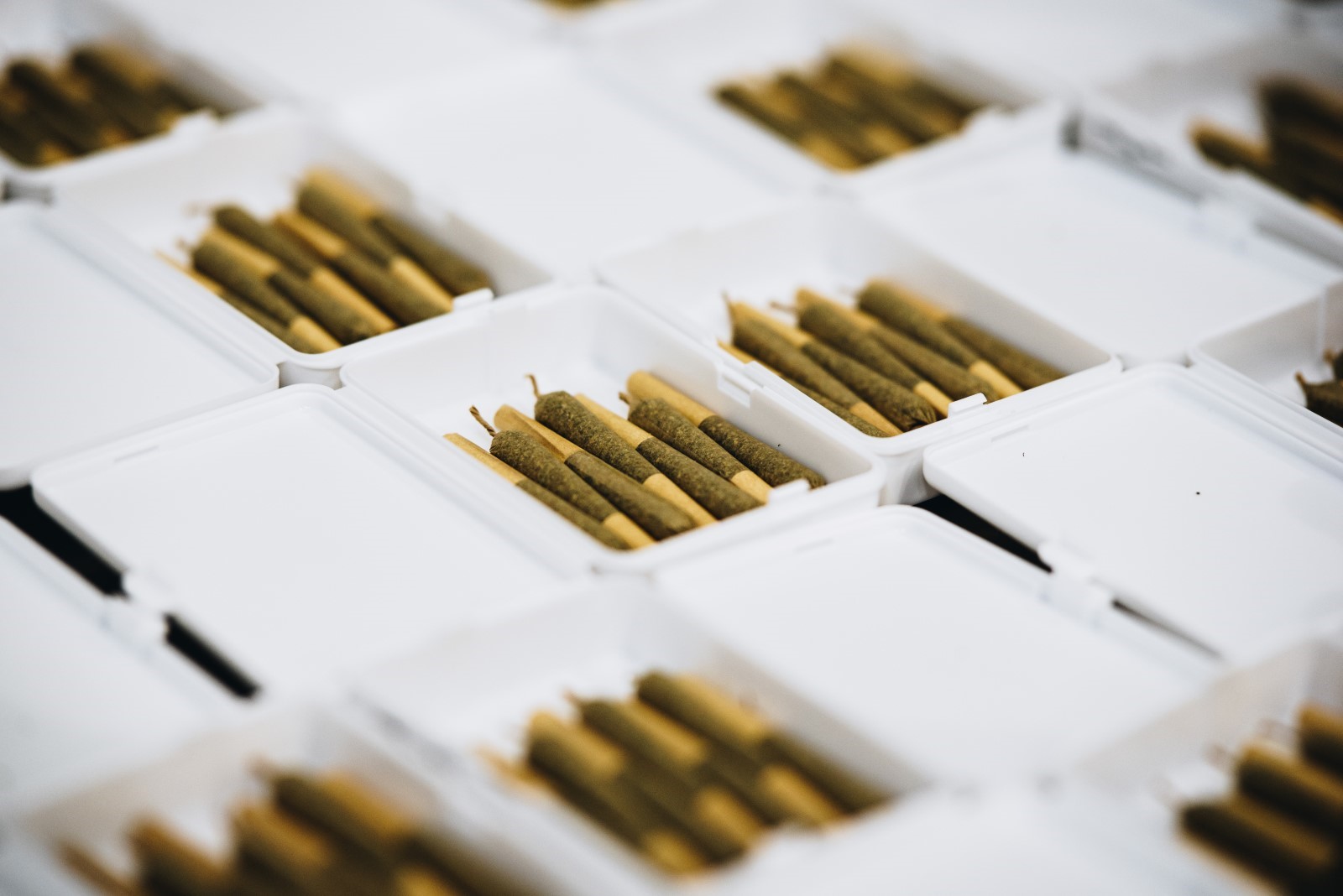Cannabis vape pens are at the forefront of dominating the Cannabis 2.0 market in Canada. Although cannabis vaping is a relatively new trend, it’s roots come from ages ago in Ancient Egypt, where people would use hot stones to vaporize herbs. It was in the 15th century that the first hookah was introduced in India. After this, there were various attempts throughout the 1900’s to create a modern vaping device, including the first ever patent for an electronic vaporizer filed by Joseph Robinson for medicinal use. It wasn’t until 2004 when the first e-cigarettes were introduced in the Chinese market, followed by Asia, Europe, and the United States. It is because of these ancient inventions that vape technology has come to the forefront of its time today.

Coincidentally, it was also around this time that medical cannabis started to become legal in many states. Many people were using tabletop vaporizing devices to consume the cannabis flower. Handheld vaporizers were hard to find and had a variety of issues attached to them. Eventually, with the growth in research, cannabis vape technology improved, fixing major problems such as leaking and harmful chemicals that were used in early vaporizers. Metals and additives have been phased out and consumer awareness in product purchasing has also increased.
In the cannabis market now, we mostly see vapes that have pre-filled oil cartridges or pods with distillate or solvent-less oils.
What is Vaporizing?
Now that we’ve covered a brief global history of vaporizers, it’s important to discuss what vaping really means and how individuals experience cannabis vapor. Both cannabis flower and concentrates can be vaporized in a wide range of devices including pens, portable vaporizers and desktop vaporizers. For the purposes of this blog we are going to discuss the cannabis oil pen, one of the newest and most popular products on the market. There are three types of dominant vape pens in Canada; 510 threaded cartridges, disposable single-use pens, and closed-loop systems. However, the basic components remain the same across them all.
Let’s explore the important parts of the vape pen that create the magic:

1. Battery
Vape pen batteries are small but strong, in that they can make power a tiny heater to reach temperatures of up to 400 degrees in just a few seconds. These batteries are usually made from reusable lithium ion, providing them with high energy density and very low chance of ever exploding if charged wrong.
2. Atomizer
The atomizer in the vape pen is the tiny heater, one of the most important components because it allows for the cannabinoids, like psychoactive THC, to heat up and create small air droplets, resulting in the vapour that is inhaled.
3. Cartridge
Cannabis oil vape pens such as 510 threaded cartridges and disposables use single-use cartridges that are pre-filled with a distillate oil or concentrate to create an easy user experience with no mess. Some cannabis pens that use closed-loop systems have rechargeable batteries. The cartridges are sometimes combined with the atomizer to create one unit.
4. Inhaler
The inhaler is the small piece attached to the top of the vaporizer. Sometimes it is removable for cleaning and replacement purposes. The inhaler can come in various shapes and sizes and its usage is quite clear: to allow the vapour to flow through a clear pathway from the heating element directly to the mouthpiece for the user.
–
With that being said, the oil that fills that cannabis cartridge, to create a cannabinoid-rich puff of vapor, is quite arguably the most important part of any vaporizer. The difference between a high and a low-quality concentrate will ultimately decide the effects the user will feel and the experience they will have. It’s important for consumers to know the difference of quality in what is on the legal and black markets. The quality of cannabis oil will determine the taste, smell, feeling, mood, price of the pen, and more.
Different types of cannabis oils have different viscosity, flavours and effects which will be determined based on the strain type, cannabinoid levels, and the type of processing that was used to create the oil. Choosing the correct extraction method for the desired oil is key for a satisfying vape product. At CannaPiece Corp, we offer a variety of extraction methods including CO2 subcritical and CO2 supercritical extraction, ethanol-based extraction and hydrocarbon extraction. This allows for our team to refine the process for the desired oil, whether it be full spectrum or distillate, based on our customers specific needs.
The Future of Vape Pens
Recent data shows that the OCS (Ontario Cannabis Store) generated approximately $4.3 million in sales from cannabis 2.0 products in January 2020. Most of this revenue came from the newest cannabis 2.0 trend, vape pens (approximately $3.7 million). Other cannabis 2.0 products such as edibles couldn’t compare to this number. This means that for the total $33 million in cannabis sales that same month, vape pens accounted for 10% of all purchases in the province.
Demographics:
Recent demographical studies also reveal that younger demographics, specifically Generation Z and Millennials are the main purchasers of vape pens, at 20 and 21 percent of total sales. This is most likely due to reasons such as familiarity with vape products such as Juul, enticing flavours and discreteness. However, other demographics are becoming increasingly open to vape pens as well. For example, new categories of consumers that are starting to emerge include parents, health and wellness consumers, and business professionals who are looking for a discreet and odourless alternative to smoking.
Market Opportunity:
Cannabis vape pens are continuing to evolve steadily with the growing market. With more Canadians widening their spectrum of product purchasing and more high-quality concentrates coming to the market, researchers expect a steady growth over the next few years. According to Research and Markets, the global market for vaporizers is expected to cross $43 million by 2023.

CannaPiece Expertise
At CannaPiece Corp, we focus on maximum purity and high-quality oils for our customers. This means avoiding the use of any toxic additives or dilutants and testing to the highest standards in all areas of production. Our mission with every new relationship will always be customer satisfaction and maintaining high-quality standards. This starts from material intake, to processing the product, to final packaging. Everything we do, we do it with purpose.
Lift & Co has identified a variety of vape innovations to look out for this year, including childproof hardware, dosage control, and recyclable devices. We focus on the best hardware for the specific needs of our clients. We use innovation to provide the best vape formulations, extraction techniques, and cartridge technologies to create an outstanding vape experience.
To stay up to date on new product offerings, please see our sign-up page to join our monthly mailing list.
References:
-
https://www.greenentrepreneur.com/article/336279
-
https://vapingdaily.com/what-is-vaping/vaping-history/
-
https://www.greenentrepreneur.com/article/336279
-
https://www.thecannabist.co/2016/03/04/what-is-a-vape-pen-how-do-vape-pens-work/48171/
-
https://cannabistraininguniversity.com/blog/cannabis-industry/demographics-of-cannabis-consumers-2019/
-
https://www.headset.io/posts/cannabis-vapor-pen-market-trends



